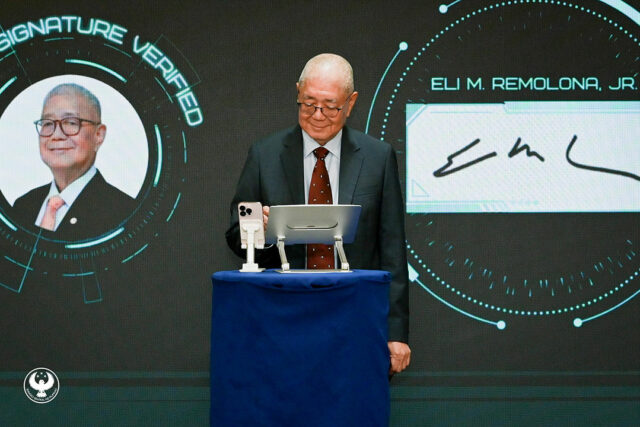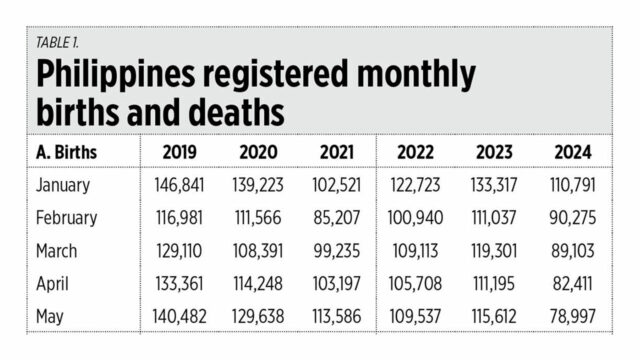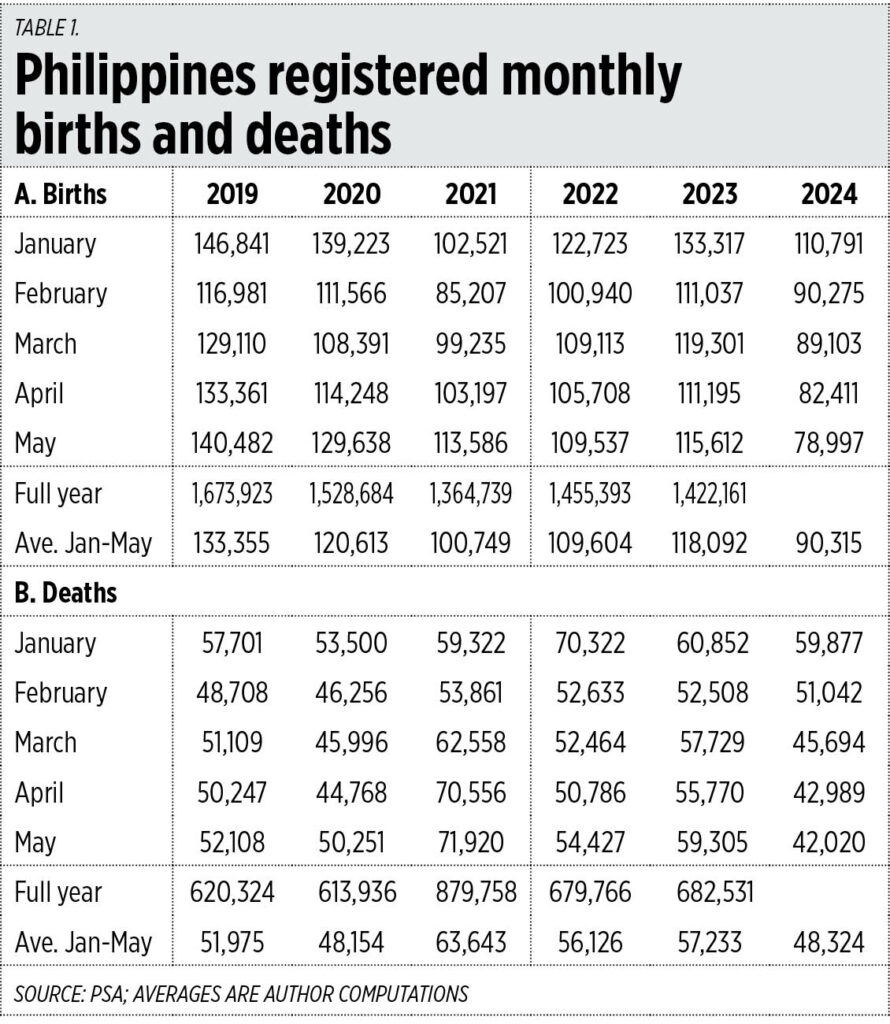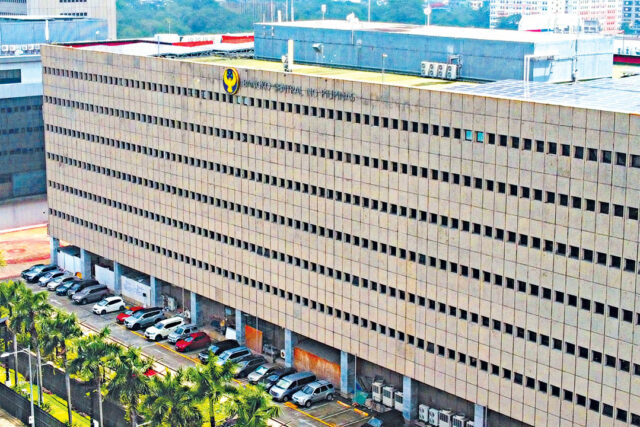Home imprisonment
On Tuesday, the Philippine Star ran a story from Palawan quoting Bureau of Corrections (BuCor) chief Gregorio Catapang, Jr. as saying that his office was considering home imprisonment for offenders convicted of lesser offenses. He noted that this system was already being implemented in other Asian countries.
“Their (ASEAN countries) set-up is home imprisonment, wherein persons convicted of minor offenses are brought back to their families. It is a way to address prison congestion,” Director-General Catapang was quoted as saying at a regional correctional conference in Puerto Princesa City.
He suggested that home imprisonment could be managed by the Bureau of Jail Management and Penology (BJMP), which oversees local jails for individuals still on trial and not yet convicted. The BuCor takes over custody only after an accused has been convicted and sentenced to imprisonment.
The concept of “house arrest” is nothing new to the Philippines. However, this “accommodation” has typically been extended only to elderly or sickly detainees, as well as high-profile politicians or senior government or military officials in detention.
In other countries, house arrest or home confinement is used to keep detainees within their residences for a specified duration as an alternative to jail time. Ankle monitors are also commonly used. Home imprisonment is primarily considered a strategy to decongest prisons.
In China, house arrest or “Residential Surveillance at a Designated Location” (RSDL) was initially intended for suspects in cases involving national security, terrorism, or major bribery. However, by 2020, approximately 140,000 individuals were reportedly under “house arrest” for various crimes, including lesser offenses.
In Singapore, authorities employ the Home Detention Scheme or Home Detention Order, where eligible non-violent offenders may serve the final portion of their sentences under house arrest. This is subject to strict conditions, such as electronic monitoring and curfews. However, a minimum sentence must first be served, and the inmate must demonstrate good behavior and have strong family support.
Currently, in Myanmar, Indonesia, Thailand, and the Philippines, “house arrest” is primarily used for political figures and high-profile individuals, mainly during investigations rather than as a jail sentence after conviction. In these countries, the use of home detention is discretionary on the part of arresting authorities. In Thailand, house arrest requires court approval.
In Malaysia, only in October 2024 was legislation proposed to allow house arrest for certain offenses. The proposed law aims to reduce recidivism and decongest prisons. It is intended only for minor offenders. However, the proposal is still to be approved by lawmakers.
In general, the main conditions of home imprisonment include movement restrictions, electronic monitoring, and regular check-ins or inspections. I believe that while under house arrest, detainees should be allowed medical and legal appointments only — not political meetings, professional activities, or business management.
More importantly, existing laws must first be amended to include home detention among the penalties not just for detainees but also for convicted individuals. Any proposed law should consider the nature of the offense and limit this “privilege” to those awaiting trial or have been convicted of non-violent crimes.
For convicts, minimum jail time should first be served, and risk of flight, criminal history, and behavior during detention should be carefully evaluated prior to transfer to home detention.
With respect to the home environment, beyond ensuring that it can support the detainee economically, socially, and psychologically, immediate family members should also be held accountable if the detainee attempts escape, commits a new crime, or violates the terms of home detention.
Admittedly, house imprisonment can reduce the government’s financial burden in terms of housing and feeding inmates. Moreover, it can improve the living conditions of detainees.
House arrest also allows offenders to maintain family ties, which can facilitate smoother reintegration into society. Additionally, it eases the strain on correctional facilities by reducing inmate populations.
However, there is no denying that public safety risks increase with the possibility of home detainees committing new crimes. The public may also perceive this “penalty” as unjustifiably lenient compared to jail time. Moreover, monitoring inmates requires government resources and technological infrastructure.
Simply put, home imprisonment is easier said than done. While it offers a viable alternative to traditional incarceration, with benefits such as cost savings and reduced prison populations, it also presents challenges related to public perception and the reallocation of resources from jail management to monitoring.
To ensure effective implementation, it is essential for policymakers to conduct more research, studies, and statistical analyses on home imprisonment. A thorough examination of its economic and social impact, as well as its overall costs, is necessary to determine its feasibility. Understanding how similar programs function in other countries, particularly in ASEAN, can help guide the development of appropriate policies tailored to local conditions.
As an initial step, a pilot program could be introduced, restricting home imprisonment to a specific list of minor offenses. By carefully monitoring and analyzing the results, authorities can assess its effectiveness in reducing recidivism, alleviating prison congestion, and supporting rehabilitation.
The program should track compliance rates, the effectiveness of electronic monitoring, and the overall success of reintegration efforts.
Furthermore, data collection on crime rates before and after implementing home imprisonment will be crucial in determining whether it contributes to maintaining public safety. If successful, the pilot could pave the way for a more extensive implementation, with necessary refinements based on empirical evidence.
Another significant issue is the perception that home imprisonment represents a government abdication of its responsibility to rehabilitate inmates. In short, it may be seen as an attempt by the government to simply pass the burden of correction and rehabilitation onto the very public that incarceration is meant to protect.
Therefore, clear guidelines, transparency, and continuous evaluation will be necessary to ensure that home imprisonment serves its intended purpose without compromising justice and public security.
Marvin Tort is a former managing editor of BusinessWorld, and a former chairman of the Philippine Press Council





























